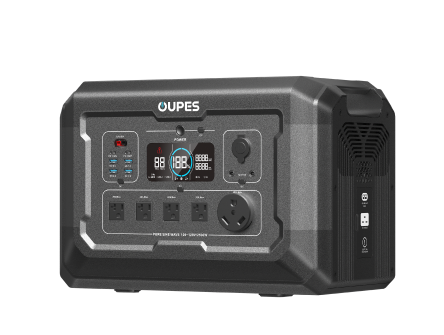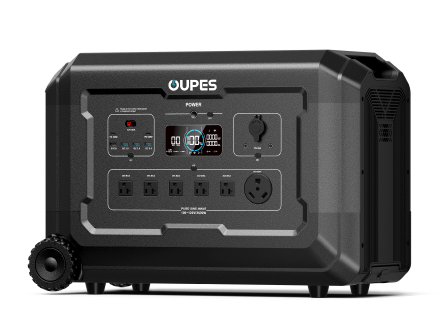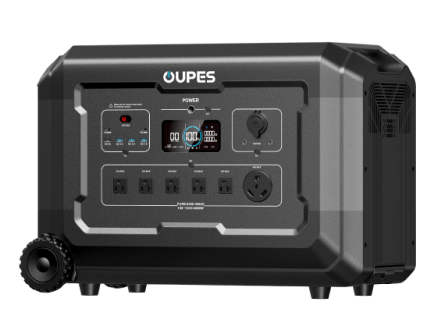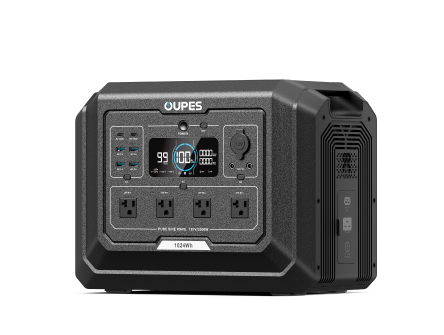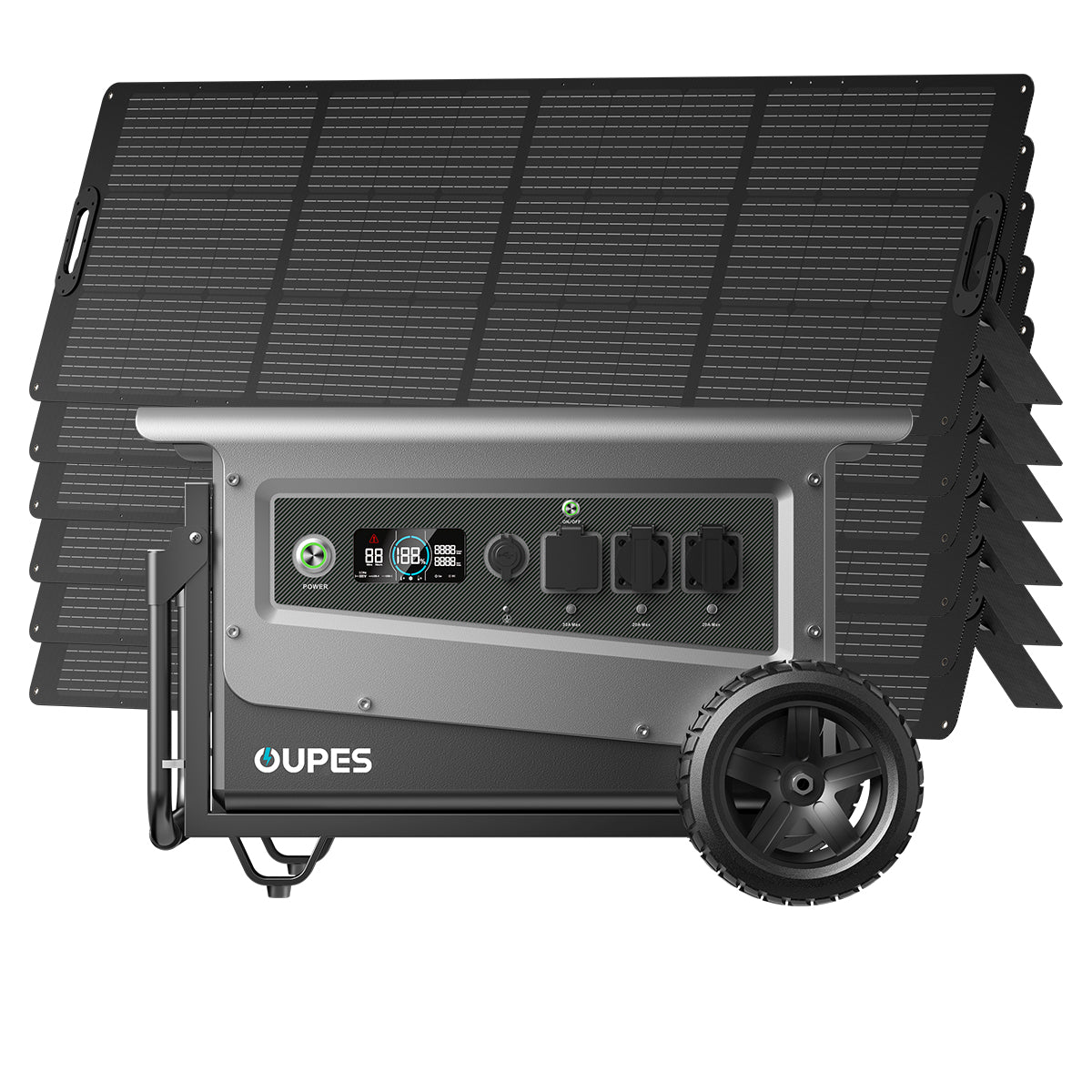
As hurricane season approaches, many households face the same daunting question: how do we keep the lights on when the grid goes dark? With increasingly frequent storms and power outages lasting days or even weeks, backup power solutions have become more than just a convenience — they’re a necessity. Two popular options dominate the market: gas generators and solar generators. But which is truly better when the storm hits?
This article dives deep into both technologies, comparing their performance, reliability, safety, and long-term value during hurricane season. Whether you're a seasoned prepper or a concerned homeowner, you'll find the answers you need to make an informed decision.
Power Reliability During and After a Storm
One of the most important factors during a hurricane is how reliably your generator can deliver power when you need it most. Gas generators have long been the go-to option for backup electricity. They are capable of providing large amounts of power to run essential household appliances, including refrigerators, sump pumps, lights, and even HVAC systems. When fueled properly, they can run for hours — or even days — continuously.
However, gas generators come with significant limitations in storm scenarios. First, fuel supply can quickly become a problem. Gas stations are often closed due to power outages themselves, and roads may be blocked or dangerous to navigate. If you haven't stockpiled fuel beforehand, your generator might become useless after a few hours of operation.
Solar generators, on the other hand, rely on sunlight to recharge. They’re equipped with batteries and can be recharged using solar panels or sometimes even through AC wall outlets ahead of time. In the immediate aftermath of a storm, when roads are impassable and fuel is scarce, a solar generator can continue to recharge and operate as long as there’s sunlight.
Of course, solar generators are dependent on weather conditions. Cloudy days can reduce their efficiency. But modern models like those from OUPES feature high-efficiency panels and large-capacity batteries that store power for overnight use or cloudy conditions, offering a more self-reliant and sustainable power solution in prolonged emergencies.
Safety and Ease of Use
Safety is another major concern during hurricane season, and this is where solar generators truly shine. Gas generators produce carbon monoxide (CO), a colorless and odorless gas that can be deadly. Every year, accidents occur when people use gas generators indoors or in poorly ventilated areas. Even with careful placement, there's always a risk of CO poisoning, which is why health officials strongly advise operating gas generators at least 20 feet away from any dwelling.
Solar generators, in contrast, produce zero emissions. There is no combustion, no toxic fumes, and no noise pollution. They’re safe to use indoors, making them ideal for families with small children, elderly members, or individuals with respiratory conditions. Since they don't require handling flammable fuel, the risk of fire is also greatly minimized.
From a usability standpoint, solar generators are simple and intuitive. You don't need to pull cords, mix fuel, or worry about engine maintenance. With a push of a button, your solar power station can begin delivering electricity to your devices. Models like the OUPES Mega series even come with digital displays and smart app controls for seamless monitoring and management.
For anyone not comfortable operating combustion engines or dealing with fuel logistics during a stressful situation, the ease of use provided by solar generators is a game changer.
Portability and Versatility
Another crucial consideration during hurricane season is mobility. Whether you need to evacuate quickly or move your power supply to different locations around your property, portability can make a big difference.
Gas generators tend to be bulky and heavy, often requiring wheels and considerable muscle to relocate. Transporting them during an emergency can be impractical, especially when combined with the need to carry fuel. Moreover, many areas have strict regulations about transporting and storing gasoline due to fire hazards, which adds another layer of complexity.
Solar generators, by contrast, are generally compact, lightweight, and built with portability in mind. Many models come with built-in handles or rolling designs. They can be transported in a car or even by hand, depending on size and capacity. Their versatility allows you to use them not only in your home but also during outdoor evacuations, in RVs, or even in community shelters where noise and emissions are restricted.
The modular design of solar power kits, especially those from brands like OUPES, allows users to scale power capacity based on need. You can connect additional solar panels or external batteries, giving you flexible options for different emergency scenarios. This adaptability makes solar generators far more versatile than their gas-powered counterparts.
Cost Considerations and Long-Term Value
At first glance, gas generators often appear more affordable. A small gasoline generator might cost a few hundred dollars, whereas a solar generator kit with panels can be significantly more expensive upfront. However, looking beyond initial costs reveals a very different picture in terms of long-term value.
Gas generators require ongoing expenses: fuel, oil changes, air filter replacements, and general maintenance. Over the course of several storm seasons, these costs add up — especially if the generator is used frequently or for long durations. There's also the cost of fuel storage equipment and the potential need for professional servicing.
Solar generators have a higher upfront cost, but they have virtually no operating expenses. Sunlight is free, and most modern solar power stations are designed for thousands of charge cycles with minimal maintenance. Battery technology, particularly LiFePO4 used in some advanced models like the OUPES Mega 2 or Mega 3, offers exceptional longevity, safety, and performance over the years.
When you factor in reliability during fuel shortages, reduced safety risks, and multi-purpose use beyond hurricanes — such as camping, RV trips, or home energy backup — solar generators deliver a compelling return on investment over time. They're not just a storm solution; they're a sustainable power asset for your entire lifestyle.
Environmental Impact and Future Readiness
While personal safety and reliability are immediate concerns during hurricane season, many homeowners are also beginning to consider the broader impact of their energy choices. With growing awareness of climate change and its link to increasingly severe storms, the environmental footprint of backup generators is a valid consideration.
Gas generators run on fossil fuels and release carbon emissions directly into the environment. Prolonged use during major disasters only contributes to air pollution, smog, and greenhouse gas buildup. Additionally, fuel spills and improper storage can lead to soil and water contamination — especially dangerous during flooding.
Solar generators offer a clean, renewable energy alternative. They generate no emissions during use and contribute to a reduced carbon footprint. Many users find satisfaction in knowing their emergency power solution doesn’t compromise environmental sustainability. In fact, switching to solar solutions like the OUPES Mega series aligns with a more climate-resilient lifestyle that prepares not just for the next storm, but for the broader energy challenges of the future.
Investing in solar is also a forward-thinking move as regulatory landscapes shift. More states are offering tax incentives or rebates for clean energy systems. And as grid infrastructure becomes more decentralized and consumers seek more energy independence, solar technology positions you to thrive in a changing world.
Conclusion
When it comes to hurricane preparedness, both gas and solar generators have their merits. Gas generators offer immediate high power output and have long been the standard for home backup. However, they come with safety risks, fuel dependency, and long-term maintenance costs that can be problematic — especially during prolonged emergencies.
Solar generators offer a modern, safe, and sustainable alternative. With zero emissions, easy operation, and the ability to recharge from the sun, they provide reliable power when it matters most. Brands like OUPES are leading the way in delivering advanced solutions that are not only effective during a hurricane but also valuable in daily life and long-term energy planning.
In the face of growing climate challenges and unstable weather patterns, choosing a solar generator is more than just a smart move — it's a resilient step toward energy independence and peace of mind during the storm.

